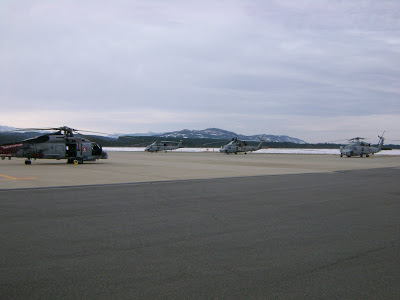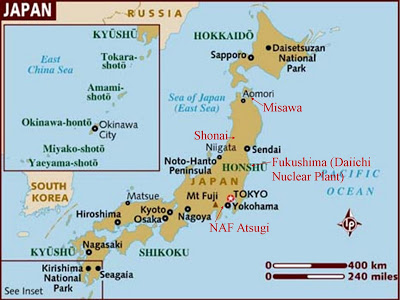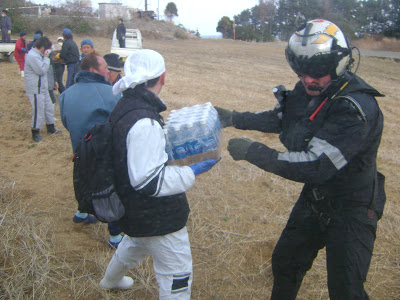
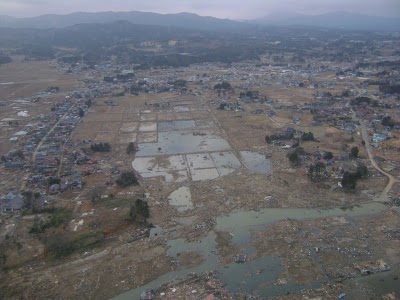
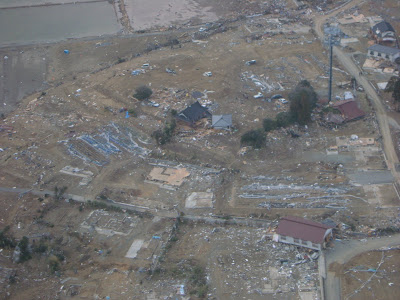

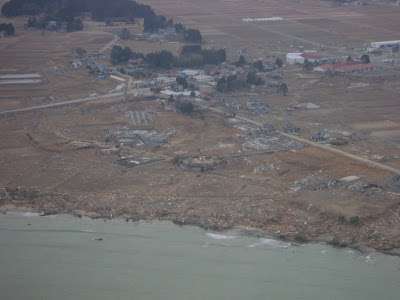 “The decontamination part sucked when we got back. First, we landed at another side of the airfield and shutdown. They read the helicopter with a geiger counter and had to wash it down because the readings were a little high, then they read us again and we were good to go. We started up again, taxied back over to the ramp area, shut down, and they let us out of the helicopter and read us with the geiger counter. We had low readings, but they almost took my flight gloves for contamination. I had to wash them to get it off. They said the accumulation of contamination is usually what makes people lose gear. Several people have lost gloves, boots, flight suits, pants, etc. I took my first two potassium iodide pills as a result.”
“The decontamination part sucked when we got back. First, we landed at another side of the airfield and shutdown. They read the helicopter with a geiger counter and had to wash it down because the readings were a little high, then they read us again and we were good to go. We started up again, taxied back over to the ramp area, shut down, and they let us out of the helicopter and read us with the geiger counter. We had low readings, but they almost took my flight gloves for contamination. I had to wash them to get it off. They said the accumulation of contamination is usually what makes people lose gear. Several people have lost gloves, boots, flight suits, pants, etc. I took my first two potassium iodide pills as a result.”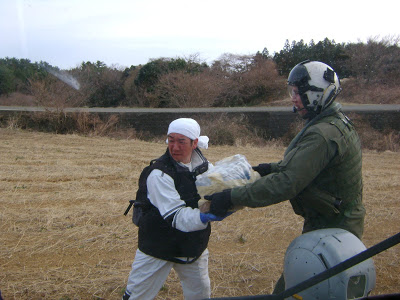
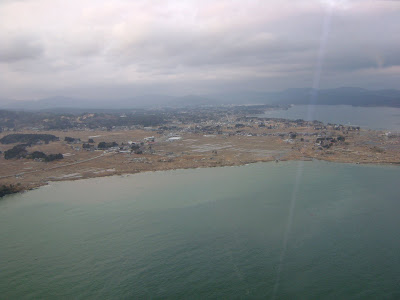 “It’s been REALLY busy but we’re doing a lot of good. We’ve moved literally tons of food and water and clothes and whatever from ships off the coast to random clearings, soccer fields, parks, you name it.”
“It’s been REALLY busy but we’re doing a lot of good. We’ve moved literally tons of food and water and clothes and whatever from ships off the coast to random clearings, soccer fields, parks, you name it.”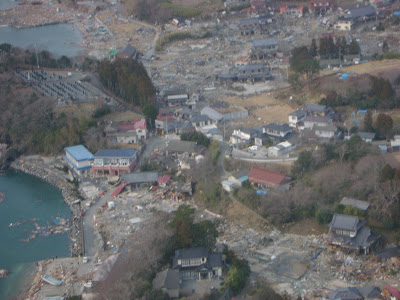
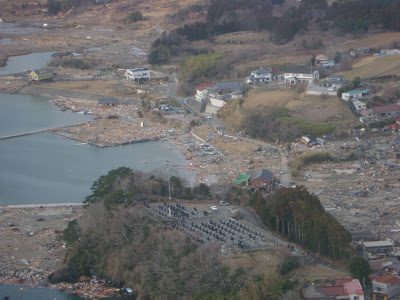
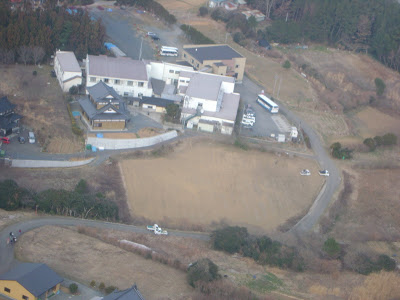 “This is where we landed. That building is a castle. The areas immediately surrounding our landing spot were devastated.”
“This is where we landed. That building is a castle. The areas immediately surrounding our landing spot were devastated.” 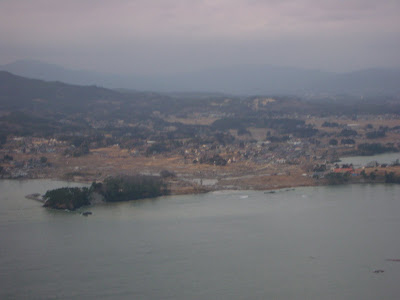
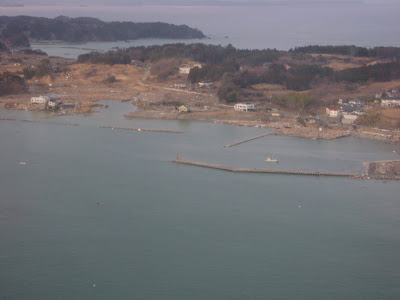 “This is four Warlord helicopters on deck at Shonai Airport (near the Sea of Japan) where we had to spend the night after bad weather rolled in halfway to Misawa. That flight was really cool—we had several aircraft flying in formation through the snow-capped Japanese Alps on our way to do search and rescue and help with Operation Tomodachi. We had to stay at least 100 miles from the nuclear plants at that time, so we kept calling out coordinates to each other. This is one of the reasons I signed up for the military.”—The latest from my husband, LT Chris Krueger, NATOPS and SAR (Search and Rescue) Officer for the HSL-51 Warlords. He is currently in Misawa, Japan.
“This is four Warlord helicopters on deck at Shonai Airport (near the Sea of Japan) where we had to spend the night after bad weather rolled in halfway to Misawa. That flight was really cool—we had several aircraft flying in formation through the snow-capped Japanese Alps on our way to do search and rescue and help with Operation Tomodachi. We had to stay at least 100 miles from the nuclear plants at that time, so we kept calling out coordinates to each other. This is one of the reasons I signed up for the military.”—The latest from my husband, LT Chris Krueger, NATOPS and SAR (Search and Rescue) Officer for the HSL-51 Warlords. He is currently in Misawa, Japan.
